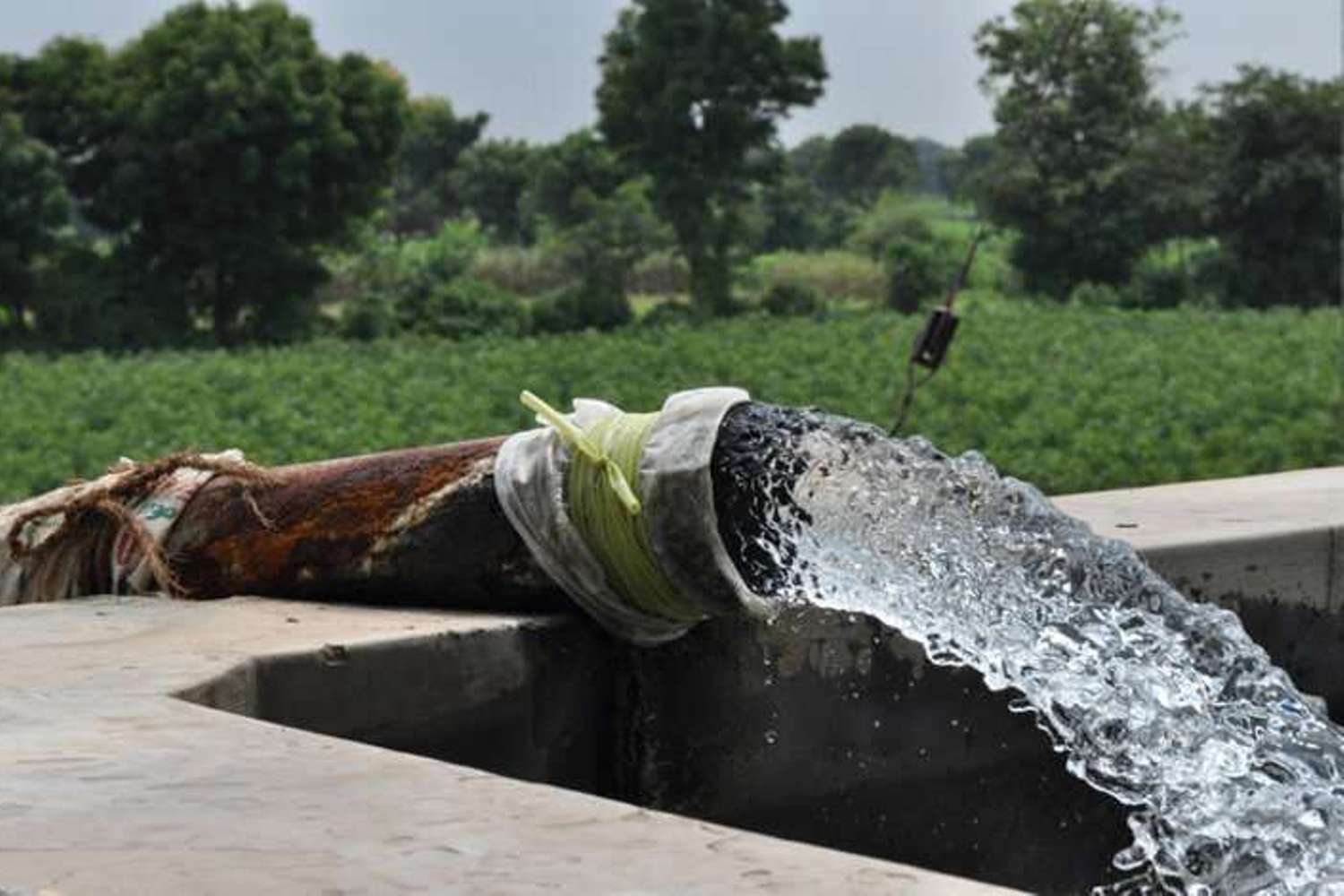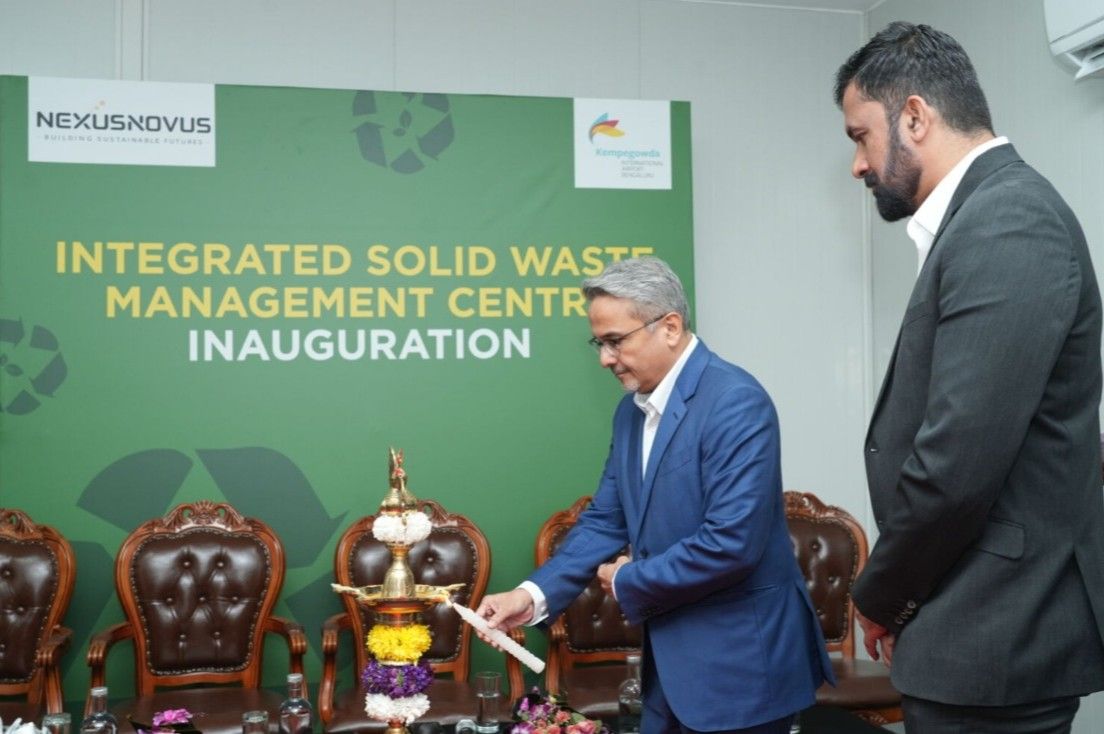New Delhi, August 17, 2024: Amid the worrisome reports and studies all around on the depleting ground water in north India by 450 cubic km in the last two decades, the recent Delhi water crisis and migration from Bangalore due to water shortage, there’s a good news too. The news is from Haryana where ground water level has seen a remarkable rise of one meter across 12 districts of the state.
The state stands second across the country in terms of implementing the Jal Shakti Abhiyan: Catch the Rain, and being one of the earliest-mover states to implement and scale rainwater conservation initiatives.
The campaign has been a success in the state with 12 districts of Haryana raising the water level up by 1.3 meters in 2023, 0.58 meters in 2022 across 19 districts and 0.57 meters up in seven districts in 2021.
To promote groundwater recharge, the state has been able to build over 65,000 rainwater conservation structures across its geography.
Furthermore, technological intervention is also playing a critical role in water conservation efforts in the state. The state’s chief secretary TVSN Prasad was quoted saying that 18,104 reservoirs have been geo-tagged, 852 renovated and 1,152 are currently under restoration phase.
Apart from building water conservation infrastructure, Haryana is also adding to the state’s green cover under the initiative. While the construction of over 40,000 reuse and recharge structures along with 10,000 watershed development structures saw daylight, the green canopy also observed its expansion with the plantation of over 3.5 crore trees.
Explore the 4th Installment of Social Impact Conference & Awards 2024 and nominate outstanding sustainability efforts
To raise awareness among the community, the state conducted over 70,000 farmer fairs and training programmes. Water resource centres have been established across all districts of the state from where district-specific water conservation activities and plans are developed to promore sustainable water management.
The chief secretary emphasized that priority should be given to scientific afforestation in the spring shed areas across the 10 designated districts, that includeGurugram, Faridabad, Jind, Kurukshetra, Sirsa,Panipat, Mahendragarh, Rewari, Fatehabad and Kaithal. In addition, he instructed the concerned authorities to establish rainwater harvesting systems on government buildings and forest land, and to enhance water sources wherever technically feasible.
Other departments within the state will also see vibrant participation in ensuring the water conservation drive within the state. For instance, the Sports and Youth Affairs Department will create the campaign awareness by utilizing ‘MeraYuva Bharat’ volunteers, while the Forests, Wildlife, and Environment Department will drive the water conservation.
The School Education Department will promote Jal-Doot campaign among students, while the Rural Development Department will focus on capacity building and involve self-help groups in water conservation initiatives.
Other Interesting Reads:
Reclaiming Earth: Nurturing Resilience Against Desertification and Drought
ADB grants $200 million loan to India for solid waste management across 100 cities
How Corporate Social Responsibility is Leading the Way to a Sustainable Future
















.jpg)




